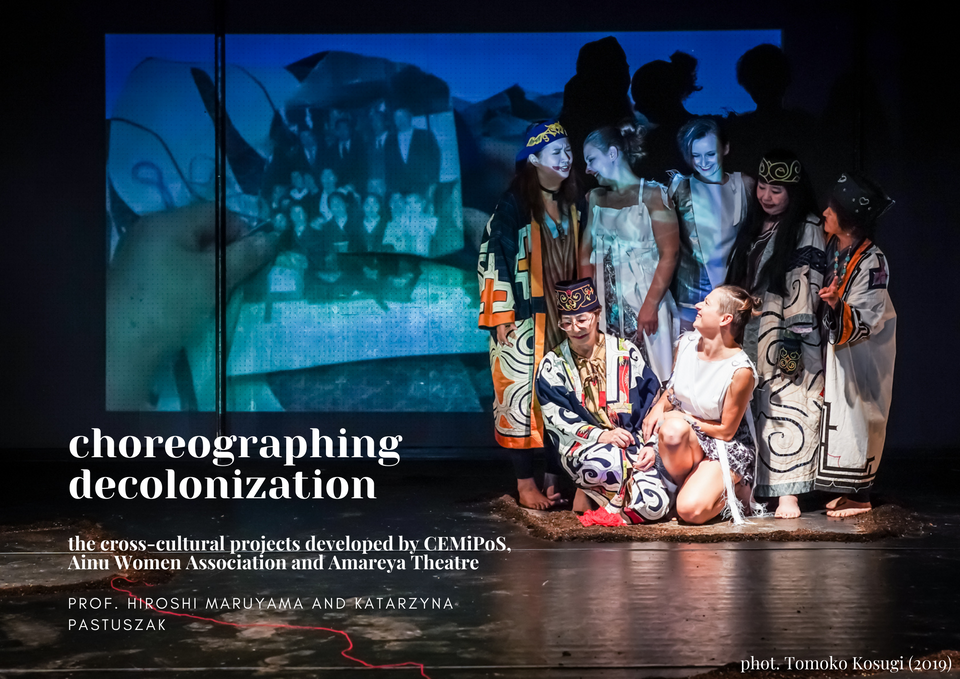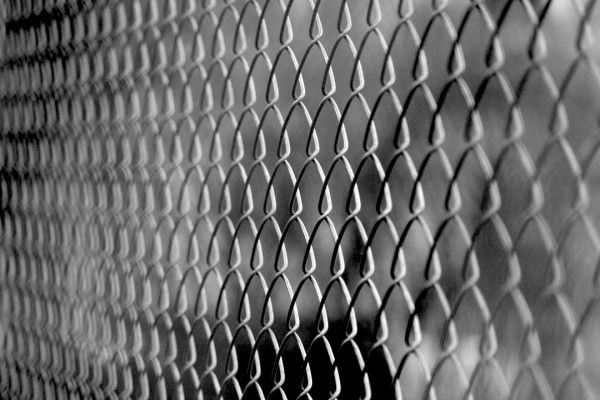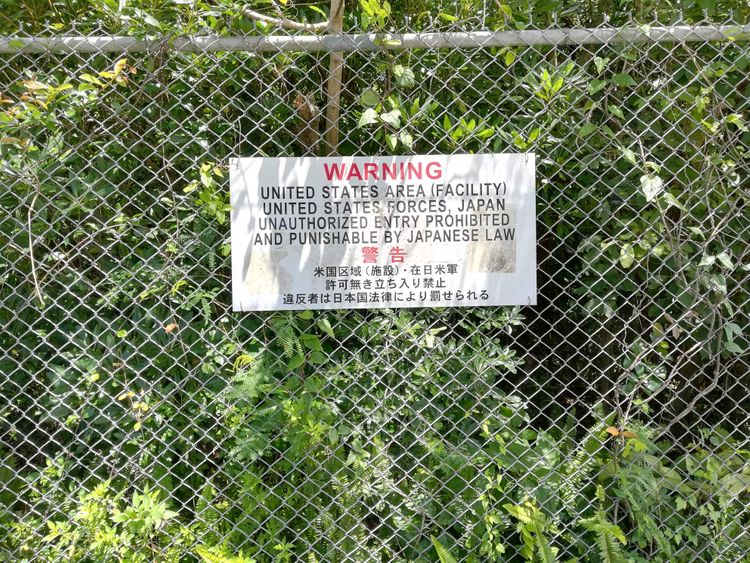CEMiPoS Researchers Participate in Seminar “Indigenous Bodily Rights in Choreography” at Norrlandsoperan

A recording of the seminar is available here on the Re:think Festival platform. A free account is required for access. Also see more of Marika Renhuvud and Liv Aira's work on their websites.
On September 4th 2021, Director Hiroshi Maruyama and researcher/artist Katarzyna Pastuszak of CEMiPoS participated in the seminar “Indigenous Bodily Rights in Choreography”, organised by Norrlandsoperan and the Re:think Festival in collaboration with Humans & Soil, led by the seminarʼs initiator and moderator Marit Shirin Carolasdotter. The seminar was held live at Norrlandsoperan Konsertsalen and online.
Together with Marit Shirin and the two Sami artists Marika Renhuvud and Liv Aira, the CEMiPoS representatives discussed the potential of choreography and performing arts to address Indigenous bodily rights.
The first part of the seminar (10.30–13.30) included an opening speech by Marit Shirin Carolasdotter and two joint presentations – one by Prof. Hiroshi Maruyama and Katarzyna Pastuszak, and the second by Sámi artists Marika Renhuvud and Liv Aira.
The joint-presentation by Prof. Hiroshi Maruyama and Katarzyna Pastuszak was entitled “Choreographing Decolonization”. The presentation outlined in detail the collaboration between CEMiPoS, Amareya Theatre (PL) and Ainu Women Association from Sapporo (JP) and highlighted the potential of their performative projects in addressing the themes of Indigenous bodily rights and decolonisation of Indigenous bodies. Prof. Hiroshi Maruyama opened the presentation with a brief description of the background of collaboration between CEMiPoS, Amareya artists and Ainu artists. Prof. Maruyama brought to attention the International Art and Academic Event in Sapporo (2017), which served as an important international event featuring researchers and artists, who collaborated with the aim of directing Indigenous policy towards decolonization, and ensuring Indigenous peoples’ rights, security, and livelihood. The 2017 event that comprised the “Indigenous Workshop and Art Exhibition” and “International Conference on Policy towards Indigenous Peoples: Lessons to be learned” aimed to assess the existing policies towards Indigenous peoples. It also marked the beginning of collaboration between CEMiPoS, Amareya Theatre, and the Ainu Women Association through the presentation of a new version of “Nomadic Woman” performance with Ainu performer Tsugumi Matsudaira at the Sapporo Pirka Kotan.
The event also resulted in the book “Decolonizing Futures: Collaboration for New Indigenous Horizons”, to be published in 2021 as Uppsala Multiethnic Papers 57. Paraphrasing the words of Leni Charbonneau from the bookʼs introduction, it is a unique volume that assembles the multilocal and multivocal language for the Post-UNDRIP Era.
In the closing remarks of his speech, Prof. Maruyama highlighted common threads that connect the work of CEMiPoS and Amareya in the following words: “There are similarities between CEMiPoS and Amareya. The similarities include collecting fragmented personal narratives, empathising with minorities through mind and body, and showing solidarity with them by publications/performances. Both institutions also aim at fighting against nationalism, fascism, homophobia, eugenics, racism, and colonialism which undermine democracy based on human dignity, human security, human rights, diversity and equality”. As Prof. Maruyama explains, the collaboration between CEMiPoS, Amareya Theatre, and the Ainu Women Association aims at sustaining the bridge between three peoples – Polish, Ainu and Japanese – that were connected to each other also by a “Polish ethnographer and cultural anthropologist Bronisław Piłsudski (1866–1918), who conducted research on Indigenous peoples, including Ainu, in Sakhalin Island. In the 1970s, his massive achievements were found and are still investigated”.
In the second part of “Choreographing Decolonization”, Katarzyna Pastuszak outlined the performative projects developed by Amareya Theatre in collaboration with Indigenous artists and CEMiPoS: first “Nomadic Woman” (2012), which was co-created with the Inuit artist Louise Najavaraq Fontain; then “Ainu Mosir – Ainu Womb report on the September 4 seminar from Kasia: Stories of Ainu Women” (2018) and “(Re)verberations: Bridges Between Poland and Japan” (2019, co-directed by Natalia Chylińska), two projects that included the participation of both Ainu and Polish artists; and finally, “Requiem for Ainu and Kamuy”, which is planned to premiere this November-December 2021.
In her explanation of the presentation's title “Choreographing Decolonization”, Pastuszak underlined that etymologically the word “choreography” means writing the chorus – the circular dance (Greek: choreo — “movement”, graphein — „draw, write, sketch”). Therefore, the task of choreographing deals with analysing and writing how we move together, and this task holds in itself a political issue because it contains the tension between collective and individual moves. “Choreographing decolonization” can thus be understood as thinking and writing how we move together to understand and live decolonization, where decolonization is both an epistemological move towards understanding, living, and moving beyond the colonial narratives, as well as an ongoing and nomadic process/praxis of continuous becoming, in and through storytelling and re-creating corpo-realities.
The performative projects presented by Pastuszak and created by Indigenous and non-Indigenous artists focus on individual life stories and become an open space for voicing one’s identity and reconstructing it through performative actions. They also provoke reflection and dialogue through rehearsals/sharing sessions, performances, and the creative process that underlies them. The pretext for each performance is a human being, and the underscore of the performances is a fragmentary matrix of relations in which the individual travels and becomes a “nomadic” self, regaining their identity through becoming visible, questioning social and cultural relations, and regaining ownership of their body and personal story. They are a praxis of personal and collective agency and resistance, seeking to question epistemic boundaries and bring in the Indigenous hidden legacy into the worlds dominated by those who prefer to forget, or those who view these healing practices as exotic [1].
Prof. Maruyamaʼs and Katarzyna Pastuszakʼs presentation was followed by presentations by two Sámi artists – Liv Aira and Marika Renhuvud.
Liv Aira, who introduced herself as a Lule Sámi [2] born in Jokkmokk (in lule sámi language – Jåhkåmåhkke) in Swedish Sápmi [3], and member of the Invisible People Dance Company and Aira Dance Company. Liv Aira talked about her individual process of exploring her cultural heritage and developing a dance technique rooted in the Sámi culture, her personal experiences, and the dance training she received at the Dance Department of the Institute of the Arts in Barcelona (BA and MA in Dance). “I am Sámi, I am a dancer, my first language is dance. I chose to express my culture through movement, which I am doing in all of the different productions,” she explained, describing her art as an attempt to translate elements of Sámi culture into the language of dance and movement. Liv Aira spoke about a number of her productions, including “Joik Meets Dance”, created in collaboration with a Sámi joik singer Elin Teilus, “Gidágiesse” (Spring-summer), and “Ájttega” (The Ancestors), created with Marika Renhuvud and presented by trailer at the end of her speech.
Marika Renhuvud is a Sámi artist from Idre, who received her education in the New Education for Contemporary Dance at Härnösands Folkhögskola and Balettakademien in Stockholm, and since 2018 has been working as a freelance dance artist. She currently collaborates with her mother, a painter, on an exhibition inspired by the works of her grandfather, a Sámi duodji [4] artist. The title of the exhibition is “Legacy” and its creators aim to pose questions about ways of transmitting and presenting cultural legacy and Sámi cultural heritage.
For the second part of the seminar (13.30–14.30), Marit Shirin moderated a conversation between the four speakers, who had the opportunity to respond to each other's thoughts and discuss the themes of cultural appropriation, and the transmission and sharing of culture. By bringing together Sámi artists and non-Indigenous researchers and artists who work towards the empowerment of Indigenous people and enhancement of their cultural activities, the seminar became an important space for presenting different approaches to the complex processes of decolonisation and to the theme of Indigenous bodily rights.
4 September 2021
Time: 10.30–14.30 (CET)
Place: Norrlandsoperan at Konsertsalen and online
Moderator: Marit Shirin Carolasdotter
Speakers: Marika Renhuvud, Liv Aira, Hiroshi Maruyama, Katarzyna Pastuszak
Links: (1) Event (2) Video
Notes
[1] Pilar Hernández-Wolfe, ʻDecolonization and “Mental” Health: A Mestiza’s Journey in the Borderlands’, in Women & Therapy, 34(2011), pp. 293–306, http://doi.org/10.1080/02703149.2011.580687 [accessed: 10 September 2021].
[2] Lule Sámi – is a member of the Western Sámi language group and the second largest of the Sámi languages, spoken in the North of Nordic Countries.
[3] Sápmi – is the cultural region traditionally inhabited by the Sámi people. The region stretches over four countries: Norway, Sweden, Finland, and Russia.
[4] Duodji – a Sámi word meaning “handicraft”.



